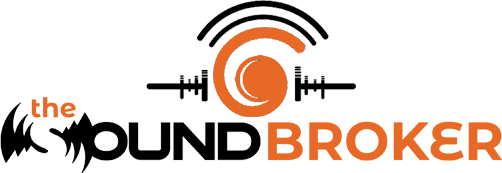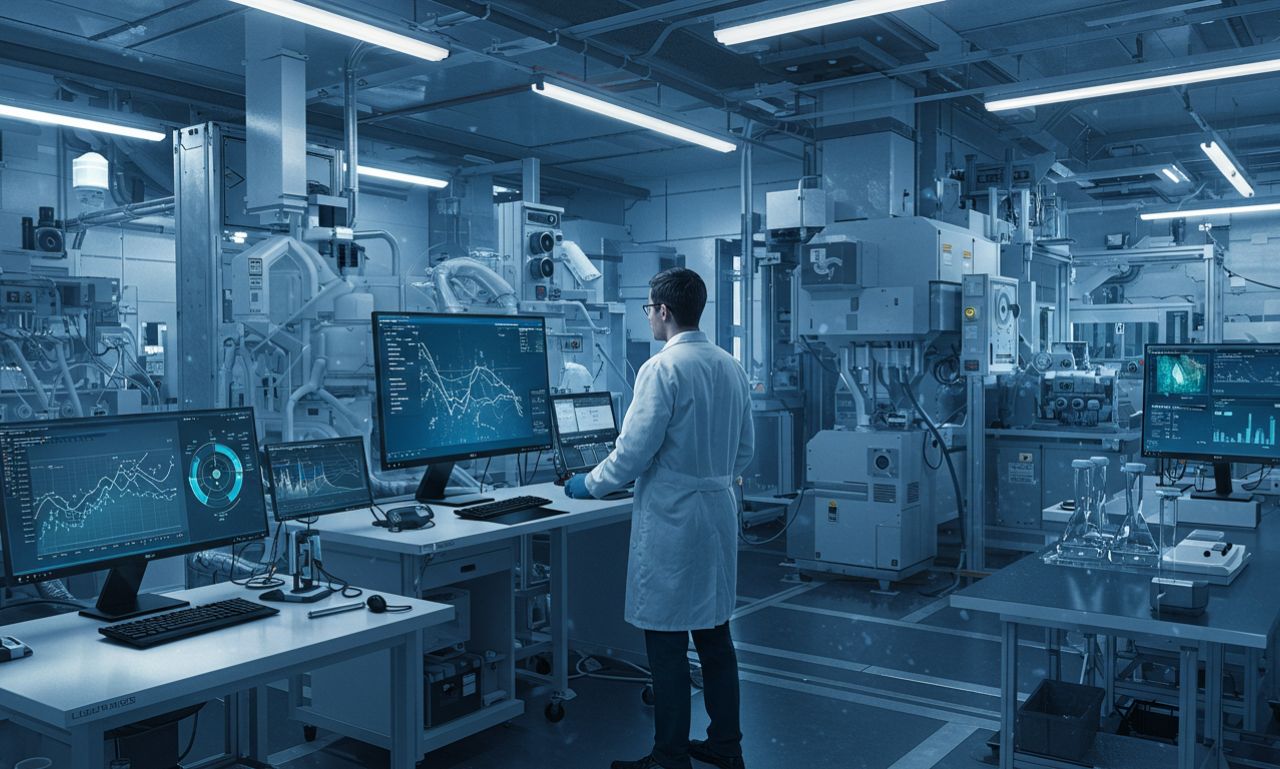In 2025, lidarmos stands at the forefront of sensor innovation, delivering precise, real-time 3D mapping solutions for industries ranging from autonomous vehicles to agriculture. By combining advanced laser detection with rapid data processing, lidarmos is changing how machines and humans perceive and interact with the world.
What Is Lidarmos?
Lidarmos refers to cutting-edge LiDAR (Light Detection and Ranging) systems designed to measure distances and create accurate 3D representations of surroundings. Using laser pulses, lidarmos collects detailed environmental data, enabling machines to detect objects, measure speed, and map landscapes in real time.
How Lidarmos Works
The technology behind lidarmos involves:
-
Laser Emission: Sends thousands of light pulses per second.
-
Reflection Detection: Measures the time taken for light to bounce back.
-
Data Processing: Creates 3D models of environments.
These systems can capture millions of data points within seconds, making them ideal for high-speed applications.
Key Applications of Lidar-MOS
Autonomous Vehicles
Lidar-mos plays a vital role in self-driving technology by enabling:
-
Lane detection
-
Pedestrian recognition
-
Collision avoidance
Robotics
In industrial and service robotics, lidar-mos supports navigation in dynamic environments without relying solely on pre-mapped layouts.
Agriculture
Lidar-mos enables farmers to:
-
Monitor crop growth
-
Map the farmland topography
-
Automate precision planting and harvesting
Infrastructure and Urban Planning
Urban planners use LiDAR for creating detailed city models, assessing construction sites, and monitoring traffic patterns.
Benefits of Lidarmos Technology
-
Unmatched Precision: Millimeter-level accuracy in mapping.
-
High-Speed Processing: Real-time data suitable for fast-moving applications.
-
All-Weather Performance: Functions in low light and certain challenging conditions.
-
Versatility: Adaptable for land, air, and marine applications.
Lidarmos in 2025’s Tech Landscape
The global demand for advanced spatial data is driving rapid adoption of lidarmos across sectors. With AI integration, lidar-mos systems can now not only collect data but also interpret it instantly, enabling faster and smarter decision-making.
Challenges in Lidarmos Development
Despite its potential, lidarmos faces:
-
High Costs: Advanced units can be expensive to produce and maintain.
-
Environmental Limitations: Performance can be affected by heavy rain or fog.
-
Data Management: Large datasets require significant storage and processing power.
Innovations Driving Lidar-mos Forward
Recent improvements include:
-
Solid-State Lidar-mos: Smaller, cheaper, and more robust than traditional models.
-
Edge Computing Integration: Processing data locally for faster results.
-
Hybrid Sensors: Combining lidar with radar or cameras for enhanced perception.
Lidarmos and Artificial Intelligence
AI-powered lidarmos enables:
-
Predictive object movement analysis
-
Intelligent obstacle prioritization
-
Real-time route optimization
This integration is crucial for autonomous mobility and industrial automation.
Global Market Growth of Lidar-mos
In 2025, the lidar-mos market is projected to grow significantly due to:
-
Expanding self-driving vehicle programs
-
Increased automation in agriculture and logistics
-
Demand for digital twin technologies in urban planning
Sustainability and Lidarmos
Lidarmos contributes to sustainable practices by:
-
Reducing waste in agriculture via precision farming
-
Minimizing traffic congestion through better route mapping
-
Supporting renewable energy projects with terrain analysis for wind and solar installations
Lidarmos in Safety and Security
From border monitoring to disaster management, lidar-mos offers:
-
Early hazard detection
-
Accurate search-and-rescue mapping
-
Infrastructure integrity assessment after natural events
Future of Lidar-mos Technology
Looking ahead, lidarmos will likely evolve toward:
-
Smaller, wearable units for field work
-
Integration into consumer electronics for AR/VR experiences
-
Widespread use in delivery drones and maritime navigation
Getting Started with Lidar-mos Solutions
-
Identify your application needs.
-
Choose between mechanical and solid-state models.
-
Integrate with compatible software and AI tools.
-
Train operators or team members on best practices.
Tips for Maximizing Lidar-mos Efficiency
-
Regular calibration to maintain accuracy
-
Pair with complementary sensors for richer data
-
Utilize cloud analytics for deeper insights
Conclusion
Lidarmos is redefining how industries gather, process, and apply spatial information. With unmatched accuracy, versatility, and real-time capabilities, it is not only a tool for technological advancement but also a catalyst for safer, more efficient, and sustainable operations.
As costs decrease and innovations expand, lidar-mos is poised to move from specialized fields into mainstream applications, making it a technology to watch in the coming decade.

